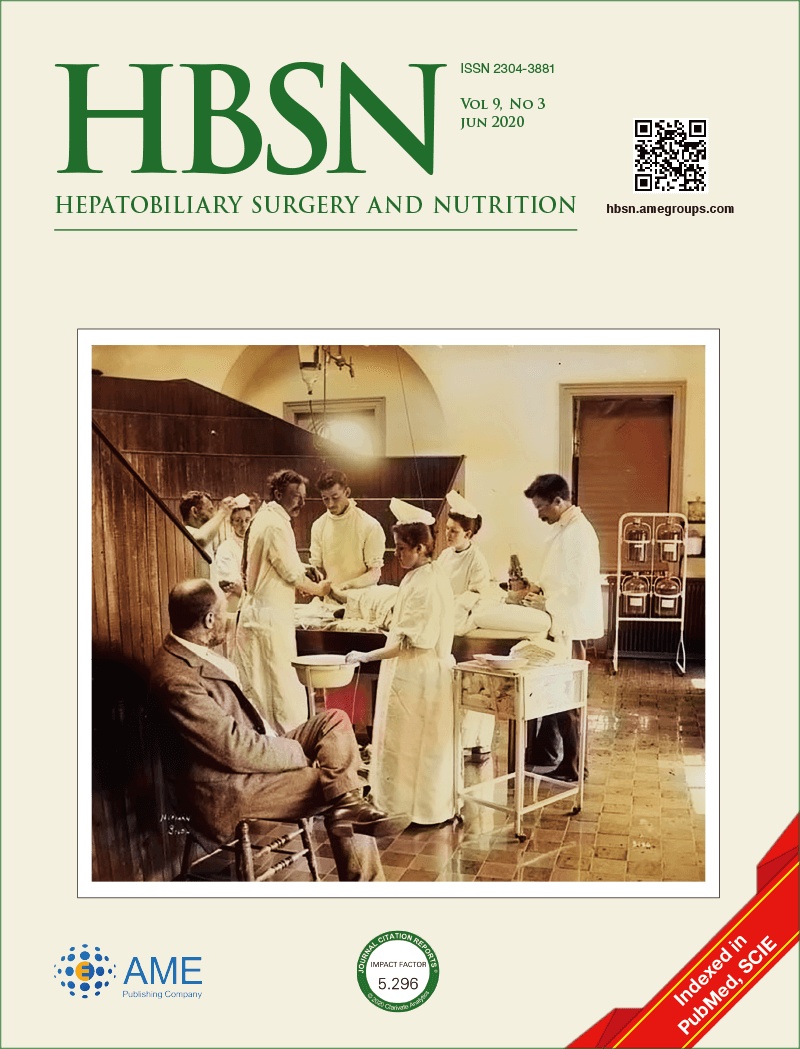Original Article
Interpatient heterogeneity in hepatic microvascular blood flow during vascular inflow occlusion (Pringle manoeuvre)
Many surgeons rely on vascular inflow occlusion (VIO) to reduce bood loss during liver resection. Real-time assessment of hepatic microcirculation during complete VIO in 15 patients revealed that half of the patients had persistent perfusion demonstrating an interpatient heterogeneous response to VIO.
Comparative long-term outcomes for pancreatic volume change, nutritional status, and incidence of new-onset diabetes between pancreatogastrostomy and pancreatojejunostomy after pancreaticoduodenectomy
This comparative cohort study demonstrated that pancreaticogastrostomy and pancreaticojejunostomy after pancreaticoduodenectomy induced similar pancreatic volume reduction during long-term follow-up. There was no difference in general nutritional status or incidence of new-onset diabetes between the groups.
Systemic therapy without radiation may be appropriate as neoadjuvant therapy for localized pancreas cancer
This single-institution series found that chemotherapy without radiation is an effective neoadjuvant strategy prior to surgery for pancreas cancer. Multi-agent therapy was not associated with improved overall survival over less toxic, single agent regimens. Local progression of disease was not seen, despite the absence of radiation therapy.
Retrospective analysis of 45 cases of localized retroperitoneal Castleman disease from a single center
Radical resection is critical to treating the retroperitoneal Castleman disease. Complication with paraneoplastic pemphigus, complication with bronchiolitis obliterans, male and age ≥40 years were identified as prognostic risk factors for patients with localized retroperitoneal Castleman disease.
Editorial
Viewpoint
Images in Clinical Medicine


